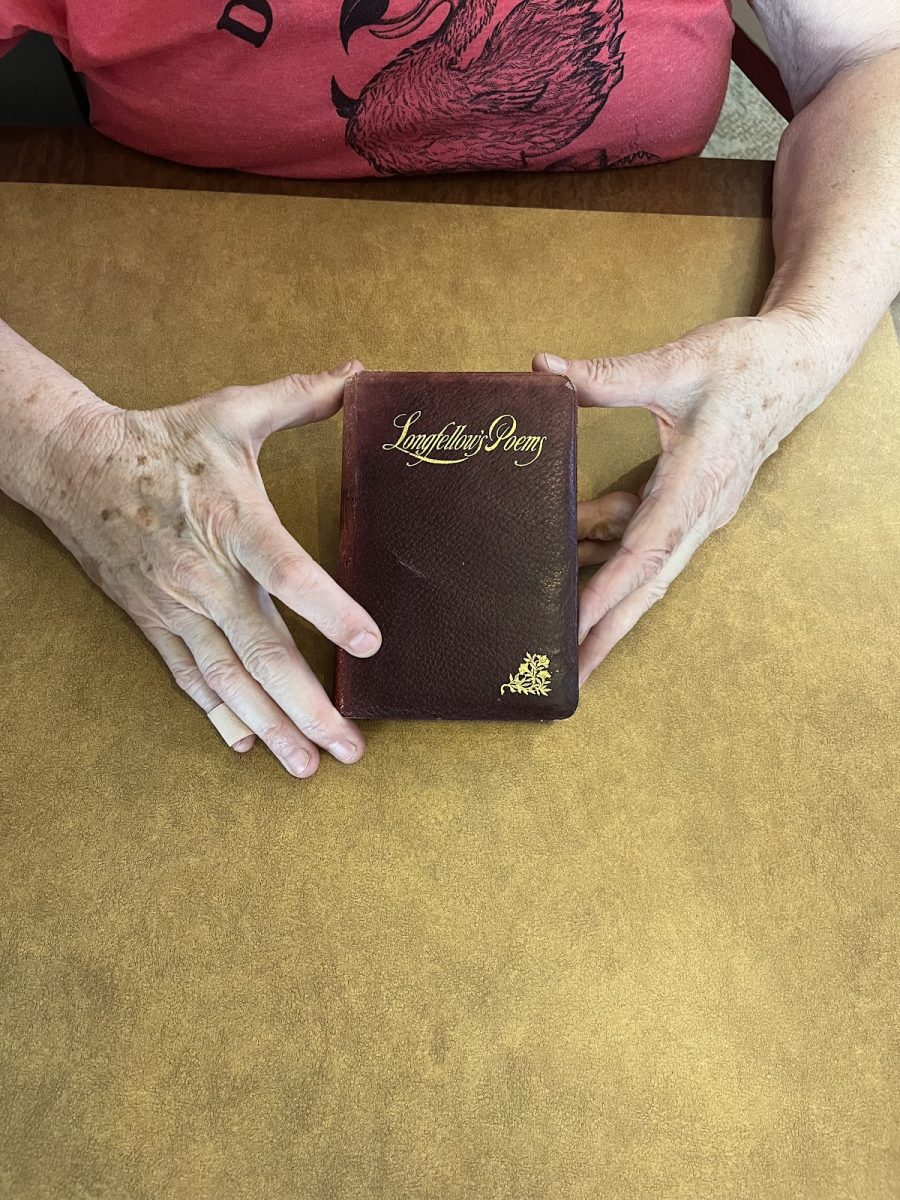
Nobody has a monopoly on a sport quite like Russia does on figure skating. Since the first World Figure Skating Championships, held in Saint Petersburg, Russia, the Soviet Union had accumulated 110 medals before it dissolved in 1991, the second largest collection of World Figure Skating Championship medals after the United States’ 198. Russia has the fifth most medals at 86. Over the course of the Olympic games, Russia and the Soviet Union together have collected 50 medals in figure skating, and Russia holds the record for the longest series of victories for one country in an event in pair skating from 1964 to 2006.
Amidst the medals, there has been considerable controversy surrounding Russia’s connection with scandals during competition. During the 2002 Winter Olympics in Salt Lake City, the Russian pair skating couple, Elena Berezhnaya and Anton Sikharulidze, took gold over the Canadian pair, Jamie Salé and David Pelletier, despite the perfect program the Canadians delivered. It was later revealed that the French judge was pressured into scoring the Russians higher, in exchange for the Russian vote for the French ice dance pair getting gold. Following the outrage that erupted from the public, the International Olympic Committee awarded both pairs gold. According to an interview with FBI agent Bill McCausland for an episode of Bad Sport, a documentary series about crime within sports, the investigation around this scandal uncovered connections between Russian organized crime and the 2002 Olympic figure skating in what was called the Cold War on Ice.
Russia has a long and involved history with doping, the administration of drugs to enhance the performance of an athlete. This history currently bars them from competing under their own flag during the Olympics. In 2015, the World Anti-Doping Agency (WADA) released a report accusing Russian coaches and athletes, including 15 medal winners, of participating in a state-run doping scheme during the Sochi winter Olympics a year prior. In response to these allegations, any athlete representing Russia was banned from competing at any international sporting events; this ban was originally set for four years but was later shortened to two. To get around this rule, athletes competed under the name Olympic Athletes from Russia or OAR but after the 2018 winter games in Pyeongchang, South Korea, it was changed to the Russian Olympic Committee (ROC). The WADA report was corroborated by the testimony of Doctor Grigory Ronchenkov, director of Russia’s anti-doping laboratory, who told his story to Bryan Fogal, a filmmaker who made Ronchenkov the subject of his documentary Icarus. Ronchenkov admitted to erasing the evidence of around a hundred positive doping tests, none of which were ever discovered at the time.
The 2022 Winter Olympic season brought about new topics for news headlines. Kamila Valieva, 15 year old figure skater competing under ROC, made history as the first woman to land a quadruple jump at the Olympics and the first person to land a quadruple axel, a jump that requires forward facing takeoff, four and a half rotations midair and a backwards landing, in competition. The 2022 men’s gold medalist, American Nathan Chen, attempted and landed five quads in his free skate, but a quadruple axel wasn’t one of them. Valieva’s teammate, silver medalist Aleksandra Trusova, attempted five quads as well but only successfully earned the points for three of them while their third teammate, gold medalist Anna Shcherbakova, landed two. Despite her quadruple axel, Valieva didn’t win gold and fell during her free skate, landing herself in fourth place overall. On February 8 of this year, the day after Valieva landed her quadruple axel and helped ROC win the team competition, it was publicized that she failed the drug test she had taken on December 25 at the 2021 Russian Figure Skating Championships.
Valieva tested positive for a banned substance called Trimetazidine, a drug prescribed to patients with angina, a condition in which a person doesn’t have enough blood being delivered to their heart. Dave Sherden, certified athletic trainer and advanced sports medicine, medical terminology, and anatomy and physiology teacher at Franklin High School, says Trimetazidine helps with this problem by opening up the blood vessels in the heart to allow for increased blood flow. In addition to increased blood flow, doping can have serious side effects. “Using an angina medication like [Valieva’s] using, it’s going to cause vasodilation, or a widening of the blood vessels, which is going to make it more difficult to regulate blood pressure,” says Sherden.
Typically for sports like figure skating, where endurance is very important, it is more likely that an athlete would take a different kind of drug then the one taken by Valieva. “The objective [of doping to enhance endurance] is to increase the concentration of red blood cells in the bloodstream,” says Sherden. “These are the cells that carry oxygen to the muscles. If you can carry more oxygen, you can keep your muscles operating aerobically longer before you have to go entirely anaerobic. This will preserve strength for later on in a program.” Figure skating is dependent on that strength; an athlete needs to be able to still produce explosive power for a jump even in the second half of their program when they’re tired.
There are many consequences of doping; one of the most dangerous is the damage it might do to the body of a developing child. Anabolic steroids, the type of drug often associated with doping, are synthetic doses of testosterone which build muscle mass and decrease fat. If taken by a developing body, especially one that doesn’t naturally produce significant amounts of testosterone, it would affect their hormones and stunt the development of their growth.
In the wake of this doping scandal it is easy to forget the immense pressure that can be put on a fifteen year old like Valieva by the world, by her skating club, and her coach Eteri Tutberidze. For the past few years, Tutberidze has been Russia’s tool to train and produce Olympic medal athletes. The problem with Tutberidze lies in what is called the “Eteri Expiration Date,” as her athletes are the best of the best, but retire before they reach adulthood due to injury. It is entirely realistic to see Valieva’s positive test result being a result of Tutberidze’s harsh coaching methods.
Facing immense pressure and an open case, Valieva missed multiple of her quads during the Olympic free skate and did not place in the top three. As a result, the medals ceremony wasn’t canceled due to her investigation, as the International Olympic Committee announced it would be if she finished on the podium. Tutberidze is being investigated by anti-doping officials about her involvement in the situation.
Valieva’s case has resurfaced questions surrounding the minimum age requirement for Olympic figure skaters, and the International Skating Union plans to introduce a proposal that would raise the minimum age to 17. This proposal not only could prevent such scrutiny placed solely on the back of another 15-year-old, but it could keep them healthier and doing their sport for a lot longer.
































